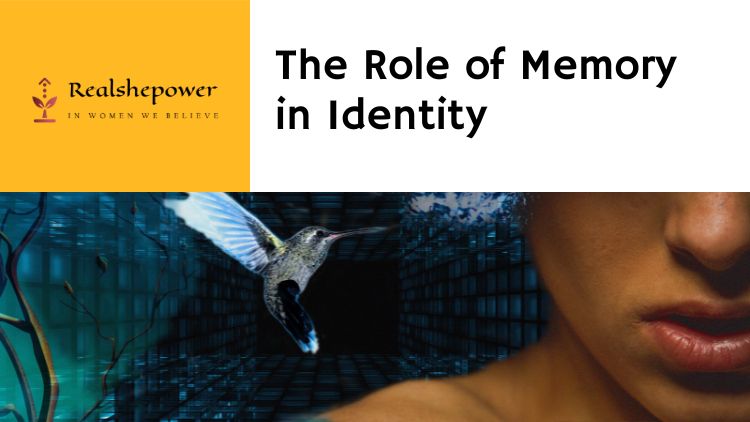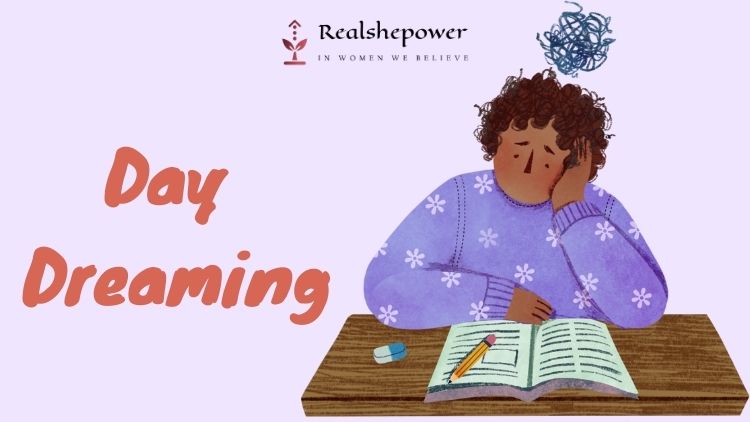The Role of Memory in Identity: The Journey of Self


In the vast expanse of human consciousness, where do we find the essence of who we are? Is it in the mirror’s reflection, our daily actions, or perhaps in the legacy we leave behind? While these elements offer glimpses, the true core of our identity might lie somewhere more profound: in the intricate web of our memories.
But what happens when this web starts to fray, and memories begin to fade? How does the erosion of memory impact the bedrock of our identity? Let’s embark on a journey into the heart of human identity, exploring the pivotal role of memory and the profound implications when it starts to wane.
Table of Contents
Memory: The Cornerstone of Identity
Imagine for a moment a world where every experience, every emotion, and every lesson learned vanishes the moment it occurs. Without the ability to remember, we would be unable to recognize our loved ones, recall our own names, or even recognize ourselves in a mirror. In essence, without memory, our identity would be a blank slate.
The Layers of Memory
Memory is multifaceted, comprising various types:
1. Episodic Memory
This is our autobiographical memory, encompassing events and experiences that have occurred at specific times and places in our lives.
- Personal Significance: Episodic memories often carry personal significance. They’re the memories of our first day at a new job, the birth of a child, or a memorable vacation.
- Temporal Context: These memories are time-stamped, meaning we often remember when they occurred, giving us a chronological narrative of our lives.
- Vividness: Some episodic memories can be incredibly vivid, complete with sensory details like smells, sounds, and emotions.
2. Semantic Memory
Semantic memory is our storehouse of factual knowledge about the world, independent of personal experience.
- General Knowledge: This includes facts like “water boils at 100°C” or “birds can fly.”
- Conceptual Framework: Semantic memory helps us categorize and relate information, forming a web of interconnected knowledge. For instance, knowing that an apple is a fruit and that fruits are edible.
- Language: Our understanding of language, including vocabulary and grammar, resides in our semantic memory.
3. Procedural Memory
This involves memories of skills and habits, often operating below our conscious awareness.
- Skill Acquisition: From tying shoelaces to driving a car, procedural memory stores the “how-to” of various skills.
- Repetition and Practice: Procedural memories are typically acquired through repetition and practice. Over time, actions become automatic and can be performed without conscious thought.
- Resistance to Forgetting: Unlike episodic memories, which can fade, procedural memories are often long-lasting. For example, once you learn to ride a bike, you’re unlikely to forget it.
4. Working Memory
Often considered a subset of short-term memory, working memory is the system that holds and manipulates information temporarily for cognitive tasks.
- Mental Workspace: It acts as a mental workspace where information is held and processed, such as when solving a math problem in your head.
- Limited Capacity: Working memory can only hold a limited amount of information at once, typically for just a few seconds.
- Central Executive System: This component of working memory helps allocate attention and coordinate the activities of the other components.
5. Sensory Memory
This is the shortest-term element of memory, responsible for holding sensory information.
- Immediate Processing: Sensory memories are created instantly and last for a very short duration. For instance, the afterimage you see when you look away from a bright light.
- Different Modalities: There are specific sensory memories for each sense: iconic memory (visual), echoic memory (auditory), and haptic memory (touch).
6. Implicit vs. Explicit Memory
While not layers in the traditional sense, it’s essential to understand the distinction:
- Implicit Memory: These are memories we don’t consciously think about, such as procedural memory or conditioned associations.
- Explicit Memory: These are memories we consciously try to remember and recall, like episodic and semantic memories.
The layers of memory are intricate, with each type playing a pivotal role in how we interact with the world, learn new information, and understand ourselves. By appreciating the depth and breadth of our memory systems, we gain insight into the marvel that is the human mind.
The Interplay of Memory and Self
Our memories do more than just store information; they shape our perceptions, beliefs, and even our personalities. Consider the following:
1. Self-Perception and Self-Worth
Our memories of achievements, failures, compliments, and criticisms contribute significantly to our self-esteem. For instance, memories of success can boost our confidence, while recollections of failures might make us more cautious or even lead to self-doubt.
2. Social Identity and Relationships
Our memories of interactions with family, friends, and peers shape our social identity. They influence our understanding of social norms, our role within social groups, and our expectations from relationships. A memory of a friend’s betrayal might make us wary in new relationships, while recollections of shared laughter can strengthen bonds.
3. Cultural and Generational Memory
Beyond personal experiences, collective memories passed down through generations shape our cultural identity. Stories of our ancestors, tales of our homeland, or traditions of our community give us a sense of belonging and place in the larger narrative of history.
4. Adaptation and Learning
Our procedural and semantic memories play a pivotal role in adaptation. By remembering past outcomes, we learn to navigate challenges more effectively. For instance, a child who touches a hot stove learns to associate the stove with pain and becomes cautious.
5. Moral and Ethical Compass
Memories of past actions and their consequences, combined with societal feedback, help in the development of our moral compass. Remembering the guilt felt after telling a lie might deter us from dishonesty in the future.
6. Motivation and Aspiration
Memories of past achievements or inspirations can act as motivational forces, pushing us towards our goals. Conversely, memories of missed opportunities might serve as reminders to seize the day.
7. Emotional Regulation and Coping
Our past experiences, and the memories associated with them, equip us with coping mechanisms. Someone who recalls the calming effect of music during a stressful time might use it as a tool for emotional regulation in the future.
8. Perception of Time and Continuity
Memory provides a sense of continuity, linking our past with the present and influencing our perception of the future. It gives us a temporal perspective, allowing us to reflect on our growth and evolution over time.
9. Decision Making and Risk Assessment
Our memories play a crucial role in decision-making processes. By recalling similar situations or outcomes, we assess risks and benefits, guiding our choices. Someone who remembers the repercussions of a hasty decision might take more time to evaluate options in the future.
10. Empathy and Understanding
Our memories of personal experiences can foster empathy. Remembering our struggles can make us more compassionate towards others facing similar challenges.
The Implications of Memory Loss
Memory loss, whether due to age, trauma, or conditions like Alzheimer’s disease, can have profound implications on identity.
- Loss of Personal Narrative: As episodic memories fade, individuals may struggle to recall key life events, leading to a fragmented or incomplete sense of self.
- Altered Belief Systems: With the loss of certain memories, individuals might experience shifts in their values or beliefs, leading to changes in behavior and attitudes.
- Emotional Dissonance: As memories that carry emotional significance are forgotten, individuals might experience feelings of disconnection or emotional numbness.
Moreover, memory loss doesn’t just affect the individual; it has a ripple effect on families and communities. Loved ones might grieve the “loss” of the person they once knew, even as they physically remain present.
In Conclusion: The Delicate Dance of Memory and Identity
Memory is the cornerstone of identity, a dynamic force that shapes our sense of self and our place in the world. It provides continuity, a bridge between our past and present, and offers a lens through which we view our future.
As we advance in our understanding of the brain and memory, it becomes crucial to develop strategies and interventions to support those grappling with memory loss. After all, in preserving memory, we are not just safeguarding information but the very essence of what makes us human.
More
You can now write for RealShePower and be a part of the community. Share your stories and opinions with us here.



